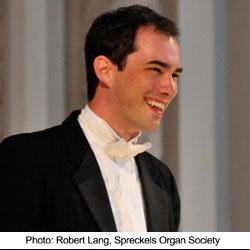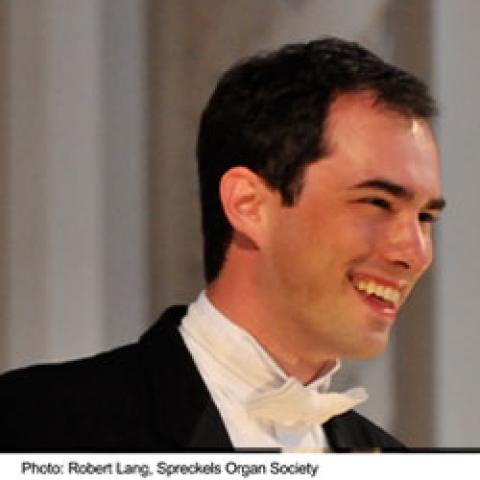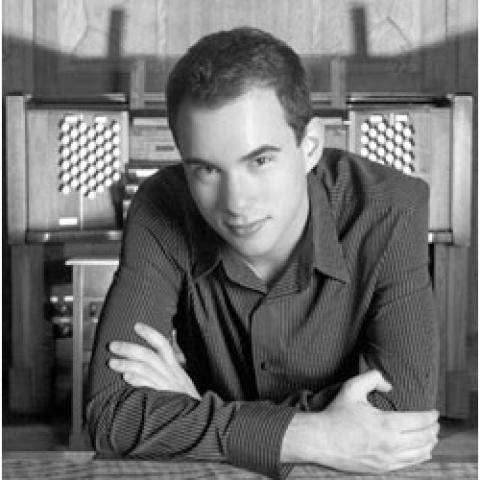
Louis Vierne’s six organ symphonies will be played in marathon performances in six North American cities this summer by the young American organist Christopher Houlihan. The first and last of these will offer all six symphonies on the same day, while the other four will offer two successive evenings of three symphonies each.
The series begins in New York City on the date of Vierne’s death 75 years ago, June 2, 2012. It will be part of the Voices of Ascension series at the Church of the Ascension, with three symphonies beginning at 3:00 pm and another three after a dinner break beginning at 7:30 pm.
St. John’s Cathedral in Denver will host the second performances on June 15 and 16 beginning at 7:30 pm. Other performances are in Chicago at Rockefeller Chapel on July 6 and 7 at 7:30 pm, Los Angeles at the Cathedral of Our Lady of Angels on July 19 and 20 at 7:30 pm, and in Montreal at the Church of the Gesu on August 3 and 4 at 7:30 pm.
The final event will be hosted by the Church of the Incarnation in Dallas on August 18, with two sessions beginning at 3:00 pm and 7:30 pm.
Houlihan featured the Vierne second organ symphony on his debut CD released at age 19 while still a college student. He is a recent master’s degree recipient from the Juilliard School, and holds the Prix de Perfectionnement from the French National Regional Conservatory in Versailles. He spent a year as assistant musician at the American Cathedral in Paris while studying there.
All three of Houlihan’s organ teachers happen to be pedagogical descendants of Vierne; John Rose at Trinity College, Connecticut, Paul Jacobs at the Juilliard School, and Jean-Baptiste Robin at the Versailles Conservatory.
Information and details are available at www.Vierne2012.com.




